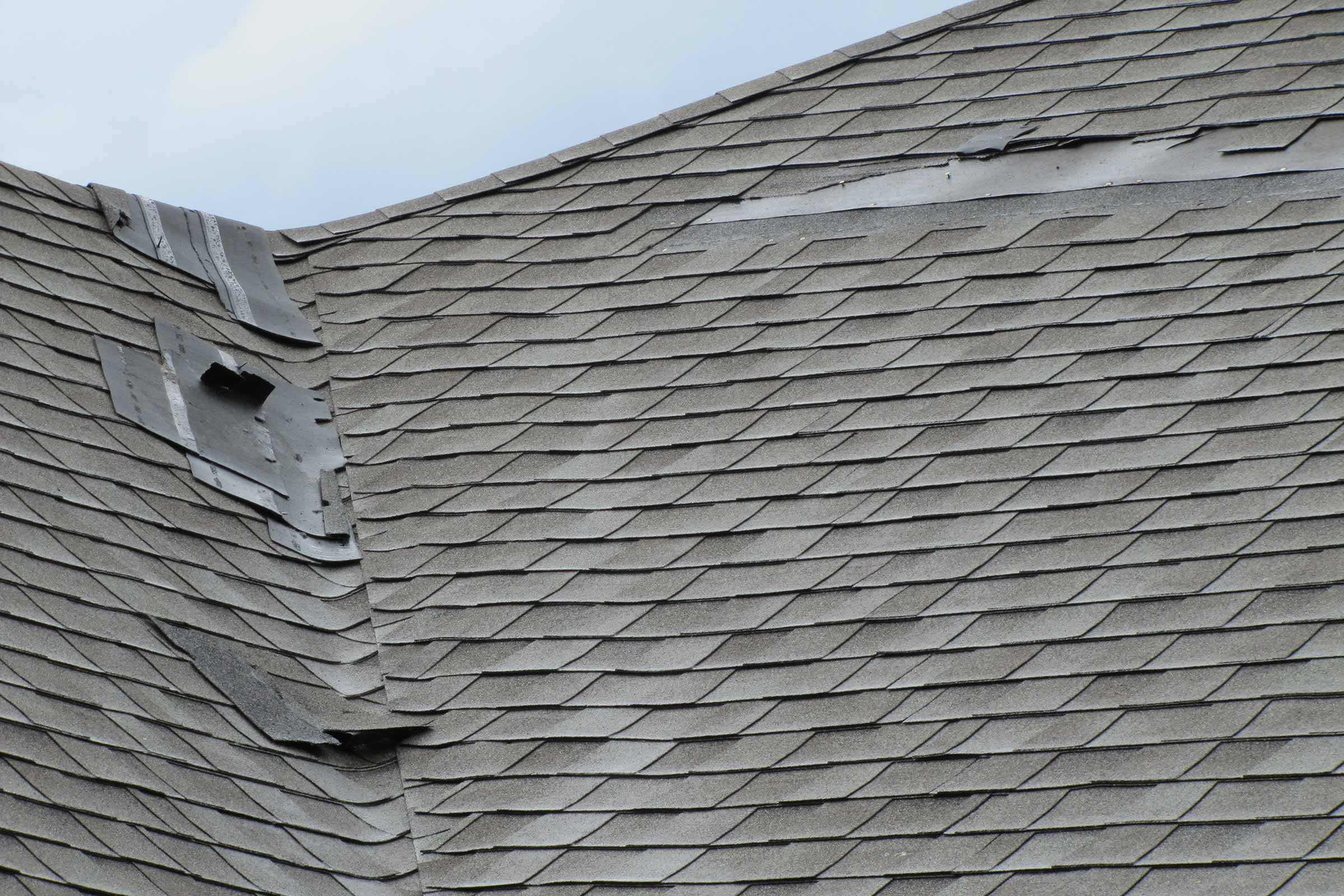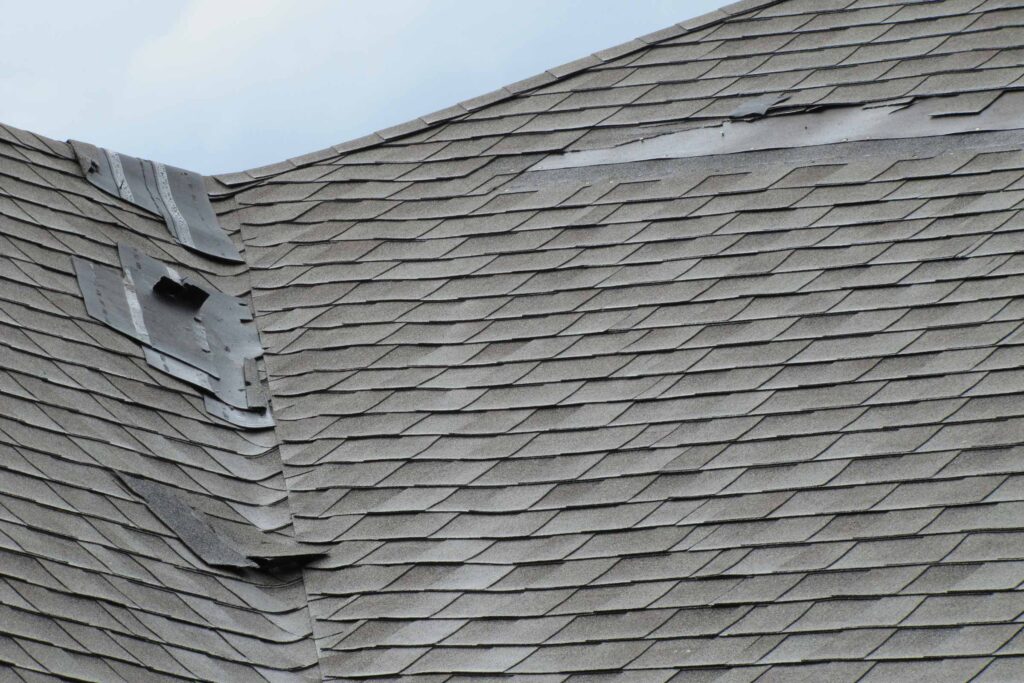The Ultimate Roofing Blog
The Essential Guide to Shingle Roof Replacement: When, Why, and How

Your roof is one of the most critical components of your home, providing protection from the elements and maintaining structural integrity. Over time, even the most durable shingle roofs will wear down, necessitating replacement. In this guide, we’ll delve into the key factors to consider when determining if it’s time for a shingle roof replacement, why it’s important, and the steps involved in the replacement process.

Signs it’s Time for Replacement:
1. Age: Shingle roofs typically last between 20 to 30 years, depending on factors such as material quality and climate. If your roof is nearing or surpassing this age range, it’s likely due for replacement.
2. Curling or Missing Shingles: Curling, cracking, or missing shingles are signs of wear and tear that compromise your roof’s ability to protect your home effectively.
3. Leaks: Persistent leaks or water damage inside your home, especially in the attic or upper floors, indicate roof damage that may require replacement.
4. Granule Loss: Excessive granule loss from shingles, visible in your gutters or on the ground around your home, indicates advanced wear and potential roof failure.
5. Sagging or Drooping: Any visible sagging or drooping in your roofline suggests structural issues that may necessitate immediate replacement to prevent collapse.
Why Replacement is Crucial:
1. Protects Your Investment: A sturdy roof enhances your home’s value and protects it from costly water damage and structural issues.
2. Energy Efficiency: Newer shingle materials offer improved insulation, helping to regulate indoor temperatures and reduce energy costs.
3. Enhanced Curb Appeal: A fresh, well-maintained roof enhances your home’s appearance and curb appeal, making it more attractive to potential buyers if you decide to sell.
4. Prevents Further Damage: Prompt replacement prevents existing issues from worsening, saving you money on potential repairs down the line.
The Replacement Process:
1. Inspection: A professional roofing contractor will assess the condition of your roof, identifying any issues and providing recommendations for replacement.
2. Material Selection: Choose high-quality shingle materials that suit your budget, climate, and aesthetic preferences.
3. Removal of Old Roofing: The existing shingles are removed, and any damaged underlying structures are repaired or replaced.
4. Installation: New shingles are installed according to manufacturer specifications, ensuring proper ventilation and waterproofing.
5. Clean-Up and Inspection: Once the installation is complete, the area is thoroughly cleaned, and a final inspection ensures the job meets quality standards.
Investing in a shingle roof replacement is a crucial aspect of homeownership, ensuring your home remains safe, comfortable, and visually appealing for years to come. By recognizing the signs of wear and acting promptly, you can mitigate potential damage and enjoy the peace of mind that comes with a sturdy, well-maintained roof. Contact Ultimate Roofing to assess your roof’s condition and determine the best course of action for replacement.
© 2024 ULTIMATE ROOFING All Rights Reserved | Privacy Notice Terms of Service | SITE CREDIT